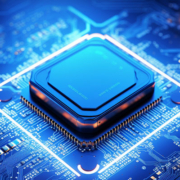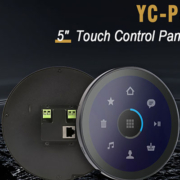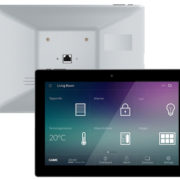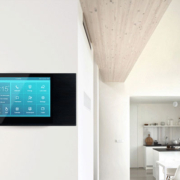Optimizing Smart Home Control Panels with Advanced PCBA Integration
As smart homes become increasingly sophisticated, the demand for more efficient, responsive, and feature-rich control panels has never been greater. These panels act as the central command interface—managing lighting, climate, security, entertainment, and more. But what drives their performance behind the scenes?
The answer lies in the PCBA (Printed Circuit Board Assembly)—the silent powerhouse that makes advanced smart home functionality possible.
In this article, we explore how advanced PCBA integration can optimize smart home control panels, and why thoughtful PCBA design is the key to ensuring performance, reliability, and scalability in modern automation systems.
What Is PCBA Integration?
PCBA integration refers to the strategic design, assembly, and embedding of electronic components onto a printed circuit board to enable intelligent functions in a product. In the context of smart home control panels, this means creat ing a compact, efficient, and reliable electronic backbone that powers:
- Display & touch interaction
- Wireless communication (Wi-Fi, Zigbee, Bluetooth)
- Sensor input & device control
- System security & energy management
- Real-time responsiveness
Key Benefits of Advanced PCBA Integration in Smart Home Control Panels
1. Enhanced Processing & User Experience
A well-integrated PCBA ensures:
- Fast boot times
- Smooth multitasking
- Low-latency touch response
- Seamless UI rendering
For example, Android-based smart control panels from Portworld use optimized multi-layer PCBAs with embedded processors and RAM layouts designed for high-speed data access.
2. Reliable Wireless Connectivity
To control smart devices effectively, the control panel must maintain stable communication using:
- Zigbee or Z-Wave for low-power IoT
- Wi-Fi for cloud and mobile access
- Bluetooth for local pairing or mesh expansion
Advanced PCBA layouts include:
- Proper antenna placement
- RF shielding
- Low-noise signal routing
This reduces interference, improves range, and enhances connection stability.
3. Power Optimization
Energy-efficient PCBA designs lead to:
- Reduced power consumption
- Lower heat output
- Longer device lifespan
Especially for PoE-enabled smart panels, advanced PCBAs integrate power management ICs that handle voltage conversion, surge protection, and thermal regulation.
Portworld’s 4-inch and 5-inch smart control panels are prime examples, delivering high performance while remaining compact and low-power.
4. Customizability for Different Applications
Advanced PCBA integration allows for:
- Modular features (e.g., camera, fingerprint, voice control)
- Tailored I/O configurations (RS485, CAN, relay outputs)
- Flexible firmware and OS support
Whether for residential, hospitality, or commercial use, brands can build product lines around a single PCBA platform with scalable variations.
5. Form Factor Optimization
PCBA integration enables ultra-slim and aesthetically pleasing wall-mounted panels. Smart layout decisions ensure that:
- Components are arranged to minimize thickness
- Heat dissipation is optimized through copper pours or heatsinks
- Connectors are accessible without compromising design
This is essential for modern homes and luxury interiors where technology must blend in, not stand out.
Portworld: Experts in PCBA for Smart Home Control Panels
At Portworld, we specialize in engineering high-performance smart control panels by integrating custom-designed PCBA solutions that are tailored to your functional needs and cost goals.
Our offerings include:
- Android/Linux-based 4” and 5” touch panel platforms
- Integrated Zigbee, Wi-Fi, and PoE modules
- Modular PCBA designs for quick customization
- Full support for CKD/SKD deployment
- Engineering support for firmware, shell design, and display optimization
We help smart home brands reduce time-to-market while ensuring performance and reliability.










